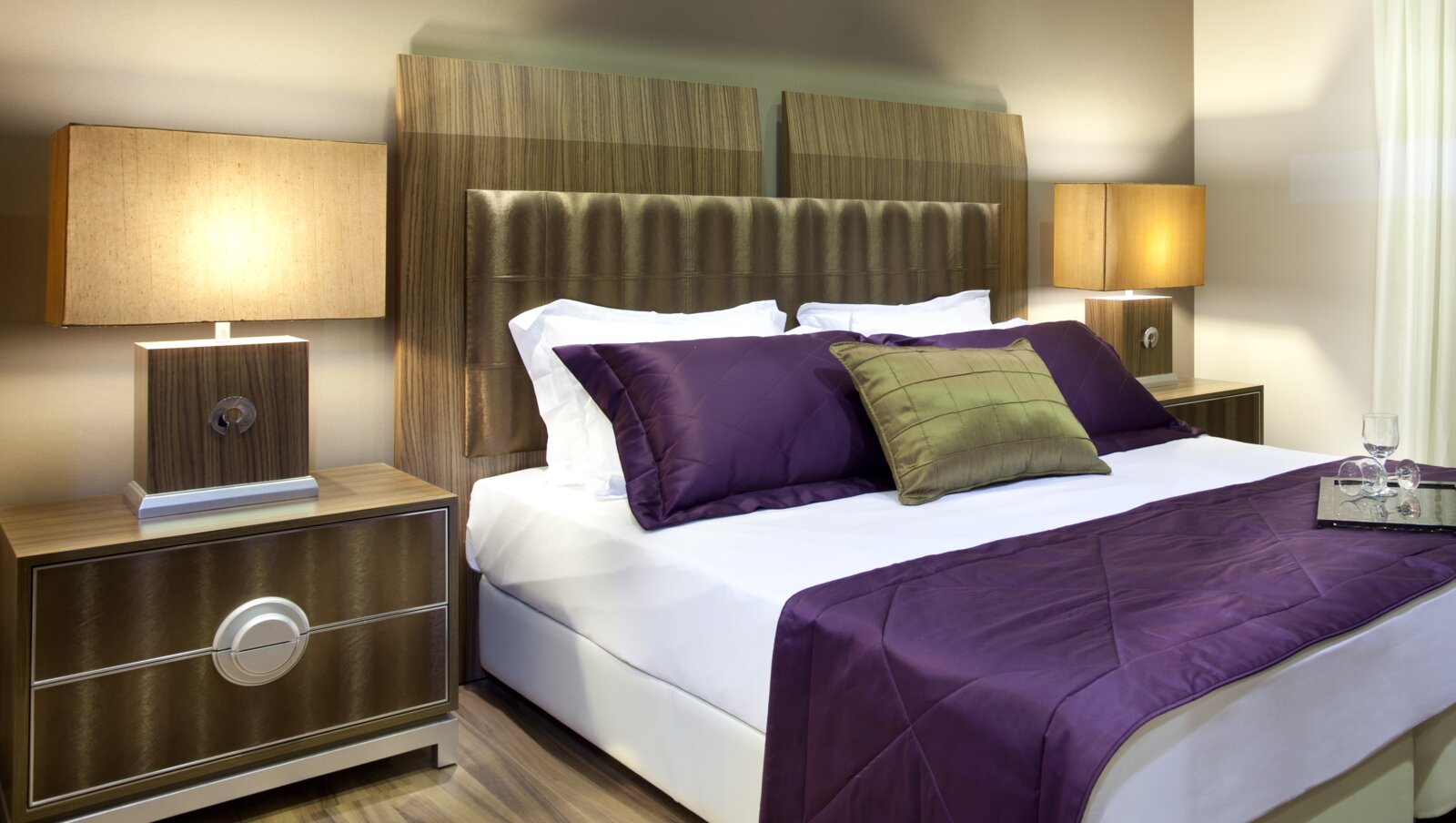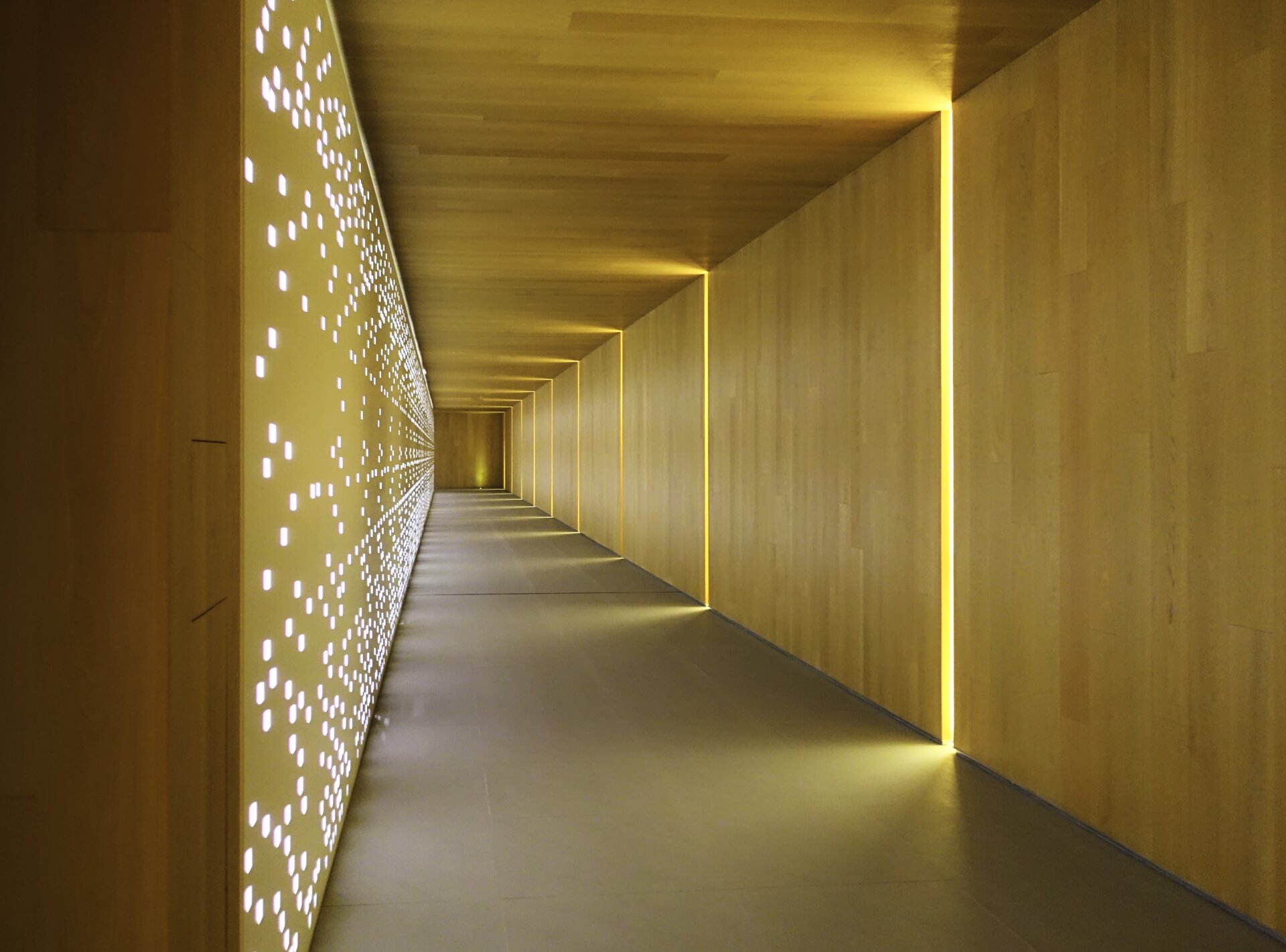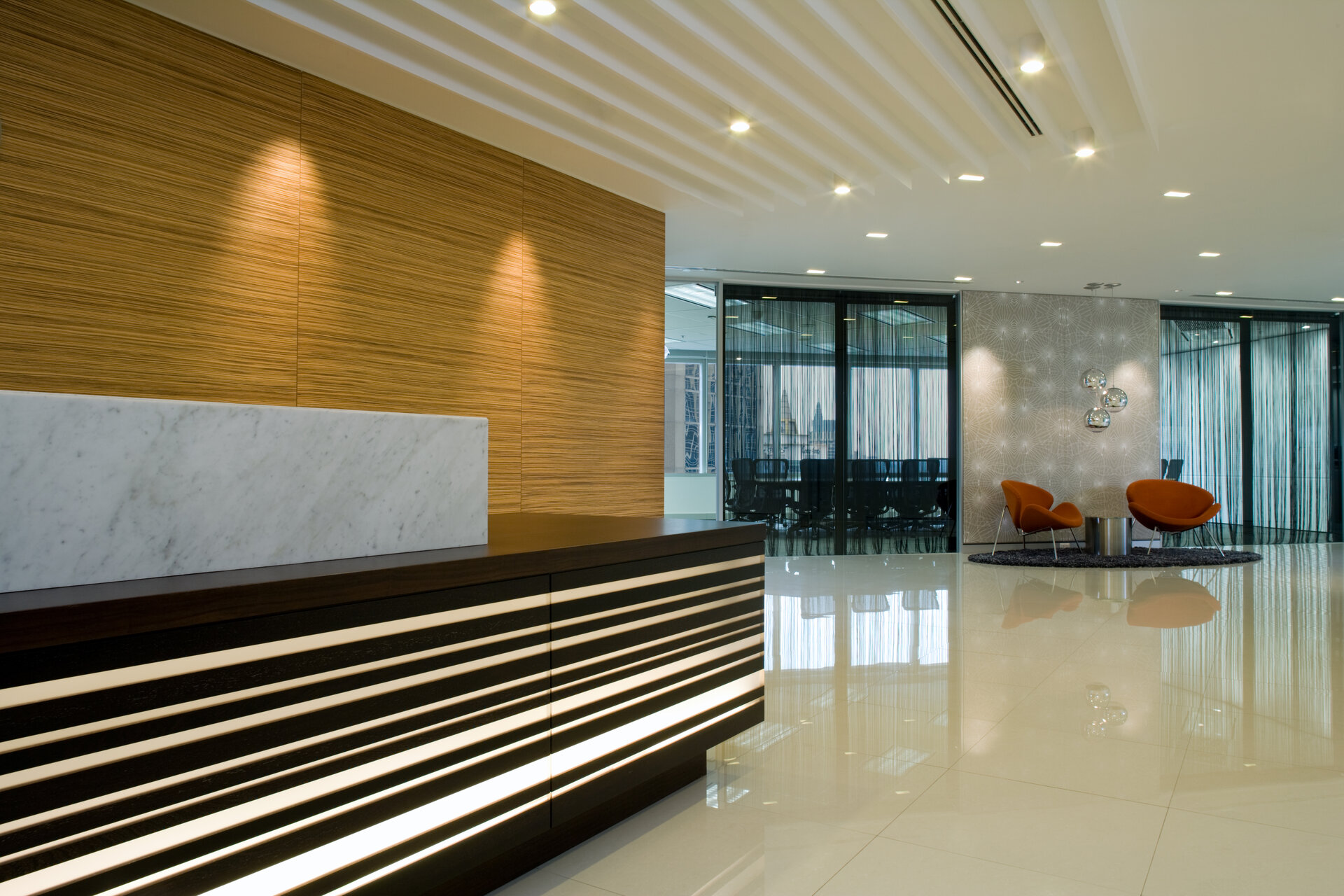
Don’t let poor lighting cast a shadow over your ratings! Research conducted by Osram in 2014 found that guests regularly criticized lighting quality when giving hotel feedback. Hotels in London for example were subjected to nearly 10,000 reviews specifically on lighting, with many travelers complaining about dim, bad and sparse lighting in their rooms.
To help you get shining reviews, hotel lighting expert Heinrich Böhm, Senior Designer and Associate at JOI-Design, shares some tips!
According to Mr. Böhm, when hotel lighting is done well you don’t necessarily notice it, “but when it isn’t, you most certainly do!” He explains that lighting layout and design is often left to electrical engineers, meaning style isn’t always at the forefront of plans. Having a light planner define the appearance of lighting – especially in public areas – is essential to avoid negative first impressions.

“Hotel foyers are changing,” explains Böhm. And with that so too is foyer lighting. The traditional format of a separate foyer, restaurant, bar and check-in area is increasingly being replaced by free-flowing spaces where different functions take place in one room. Lighting therefore needs to be adjustable in order to fit the changing primary use of the space throughout the day. In the morning for example, cool lighting might be used during breakfast, whilst in the evening warmer lighting can create a cozier atmosphere. Other areas such as the bar might need to be zoned out using lighting contrasts when not in use.
There’s a fine line between standing out and looking out of place. Statement lamps can create a great focal point for guests; however, it is important that they fit the overall design concept of a hotel. This applies to hotel rooms and public areas alike. As well as being a design feature in themselves, lamps should also be used to highlight architectural or decorative aspects that give a hotel its individual flair or define its concept.
There should be light in the tunnel, not just at the end of it! As Böhm explains: “corridors are often overlooked when it comes to lighting design.” As they form an important part of the journey from the foyer to the rooms, they should link the different areas of the hotel in a way that reflects the atmosphere experienced elsewhere. Whilst sufficient lighting is required to aid orientation, there shouldn’t be great differences in the temperature of lighting as you pass through different spaces.
One room, a multitude of purposes. Hotel room lighting needs to be bright enough to work, but also cozy enough to relax. It is therefore important that guests have sufficient fittings. According to Böhm one of the most important fittings is a reading lamp. His other must-have? “A master switch to turn off all the lamps in one go.”
Ever spent ages trying to find the bathroom light switch in a hotel room? Annoying, isn’t it? Lighting systems that are not intuitive for guests to use should be avoided. If using IT-based systems, Böhm recommends installing touch panels with international symbols and icons. Avoid text. When it comes to rooms, systems that use tablets and phones are being introduced to help guests manage everything from room service to lighting. Guests often don’t even need to download an app: they can simply scan a QR code and access all lighting controls from their devices. Again, usability is key.
Quantity needs quality. Think how many guests pass through a hotel every day, every week, every year. The result is an extensive use of light fittings, particularly when it comes to hotel rooms where guests control the lighting themselves. As Böhm points out, “this can lead to quicker deterioration of lamps and luminaires, so be sure to use robust and durable materials designed specifically for hotels.”

Hotels can provide the setting for diverse events, from business meetings to weddings. As people are unlikely to want to celebrate the best day of their life in a venue that reminds them of work, the best thing to do is to provide options. From a wide choice of colors to adjustable dimmers – guests need to be able to light the room to fit their needs. If holding a room viewing, ensure the right light for the event being considered is in place. Pre-defined settings for different functions can save time, enabling a quick switch from “evening reception” to “conference” for example.
Gone are the days of hotel conferences with no daylight to be seen. In the past, rooms without windows (and therefore without natural light) were often regarded as highly useful for work events – reducing potential glare from the sun and maximizing wall space for projections for example. Nowadays however, no daylight equals no booking, meaning where possible, natural light should always be incorporated into plans.
No discussion: when it comes to lamps, LEDs are now the number one choice for hotels. They are “state of the art” when it comes to design, says Böhm. The energy benefits are clear, so as prices drop, more and more hotels are replacing existing lamps with LEDs.
Want to learn more about hospitality lighting?